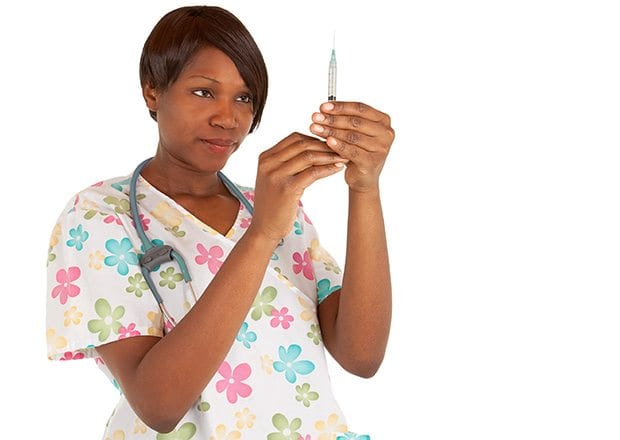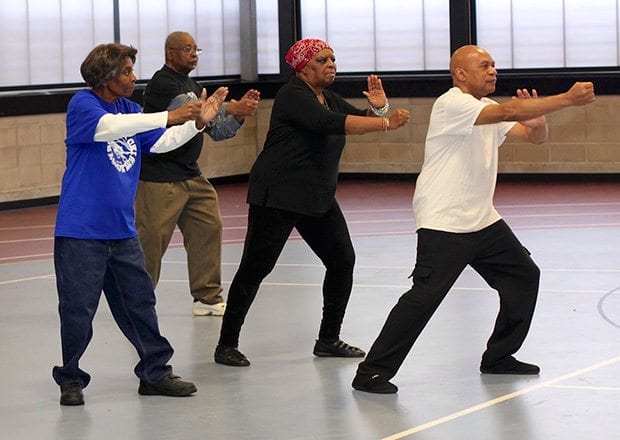
High risk behavior
- Inconsistent use of condoms
- New or multiple sex partners
- Alcohol or drug abuse
- Persons who pay for sex
- Injection drug users
- Men who have sex with men
Sexually transmitted diseases, or STDs, are not just for kids anymore. That’s a hard lesson older adults are now learning. It could be because people are living longer or maybe it’s the baby boomers who are trying to keep the sexual revolution alive. In all probability, the biggest culprit is ignorance.
Regardless of the reason, older adults — even those well into their 70s and 80s — are engaging in sex. And, according to a survey by AARP, a non-profit organization for people 50 and older, it’s not just once in a blue moon, particularly for older singles.
Chlamydia, once considered the bane of females 25 and younger, is increasing in people 55 and older, according to a recent surveillance report by the Centers for Disease Control and Prevention (CDC). Between 2006 and 2010, the number of reported cases in that age group escalated 36 percent.
More shocking is the hike in older adults in infections of HIV, the virus that causes AIDS. The CDC’s most recent HIV Surveillance Report noted that at the time of diagnosis of HIV infection, over 40% of the cases had already advanced to the AIDS stage.
Undoubtedly, that “little blue pill” is causing its share of problems. Dr. Anupam B. Jena, an internist at Massachusetts General Hospital, examined the rates of STDs in men who use erectile dysfunction (ED) drugs and those who don’t. Jena and his fellow researchers found that all STDs — particularly HIV and chlamydia — are higher in users versus nonusers of ED drugs. The study also found that the rate of STDs was higher in users both before and after the prescription.
In an interview, Jena cautioned that “anyone who does not practice safe sex, no matter their age, can contract an STD.”
And that’s part of the problem. Older adults associate condoms with protection against pregnancy and that STDs are the purview of the young and inexperienced. But a national divorce rate hovering around 40 percent propels newly designated — and ill prepared — singles into the dating scene. In its study on sex, Indiana University determined that the percentage of condom users drops with age and that only 10 percent of women between the age of 45 and 60 use them as protection.
Providers recommend that anyone – regardless of age – should be tested for several STDs before engaging in sex with a new partner. And that includes both partners. A person may be sexually involved with only one person, but if that person is having sex with three others, the risk of exposure is tripled. A clean slate is the first step in a monogamous, or single-partner, relationship.
Testing should include all STDs because it’s not uncommon for these infections to come in pairs or even triplets. The CDC found that there is biological evidence that the presence of other STDs increases the likelihood of both transmitting and acquiring HIV.
The CDC recommends that everyone be tested once for HIV. Those who engage in risky sexual behavior, however, should add HIV, chlamydia, gonorrhea and syphilis to their yearly screening tests.



![Banner [Virtual] Art Gallery](https://baystatebanner.com/wp-content/uploads/2024/04/Cagen-Luse_Men-at-store-e1713991226112-150x150.jpg)



